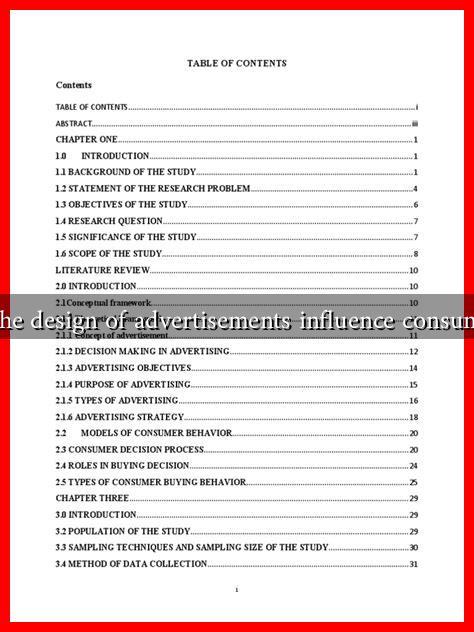-
Table of Contents
How Does the Design of Advertisements Influence Consumer Choices?
In today’s fast-paced world, advertisements are everywhere—from billboards to social media feeds. The design of these advertisements plays a crucial role in shaping consumer choices. This article explores how various design elements influence consumer behavior, supported by research, examples, and statistics.
The Psychology of Color in Advertising
Color is one of the most powerful tools in advertising design. It can evoke emotions, create associations, and influence perceptions. According to a study by the Institute for Color Research, people make a subconscious judgment about a product within 90 seconds of initial viewing, and between 62% to 90% of that assessment is based on color alone.
- Red: Often associated with excitement and urgency, red can stimulate appetite, making it a popular choice for food advertisements.
- Blue: Conveys trust and dependability, which is why many financial institutions use blue in their branding.
- Green: Represents health and tranquility, making it a favorite for eco-friendly products.
For example, Coca-Cola’s use of red in its branding is not just a random choice; it is designed to evoke feelings of excitement and energy, which aligns with the brand’s image. In contrast, brands like Whole Foods use green to emphasize their commitment to health and sustainability.
Typography: The Silent Communicator
The choice of font can significantly impact how a message is perceived. Typography can convey a brand’s personality and influence consumer trust. A study published in the journal Psychology & Marketing found that consumers are more likely to trust brands that use serif fonts over sans-serif fonts.
- Serif Fonts: Often seen as traditional and reliable, these fonts are commonly used by established brands.
- Sans-Serif Fonts: These fonts are perceived as modern and clean, appealing to younger audiences.
For instance, the luxury brand Vogue uses a classic serif font to convey elegance and sophistication, while tech companies like Google often opt for sans-serif fonts to project a modern and approachable image.
Imagery and Visual Storytelling
Visual elements, including images and videos, are essential in capturing attention and conveying messages quickly. According to a study by HubSpot, content with relevant images gets 94% more views than content without images. This highlights the importance of visual storytelling in advertisements.
- Emotional Appeal: Advertisements that tell a story or evoke emotions tend to resonate more with consumers. For example, the “Like a Girl” campaign by Always challenged stereotypes and connected with audiences on a personal level.
- Relatability: Using relatable imagery can create a connection with the target audience. Brands like Dove have successfully used real women in their campaigns to promote body positivity.
Case Studies: Successful Advertising Campaigns
Several brands have effectively utilized design elements to influence consumer choices. Here are a few notable examples:
- Apple: The minimalist design of Apple’s advertisements emphasizes simplicity and innovation, aligning with its brand identity. The clean visuals and focus on product features have contributed to its status as a market leader.
- Old Spice: The humorous and unconventional design of Old Spice’s advertisements has successfully captured the attention of younger consumers, leading to a significant increase in sales.
Statistics That Matter
Understanding the impact of advertisement design on consumer choices can be quantified through various statistics:
- According to a study by Nielsen, 60% of consumers prefer to watch a video advertisement over reading text.
- Research from Adobe indicates that 38% of people will stop engaging with a website if the content or layout is unattractive.
Conclusion: The Power of Design in Advertising
The design of advertisements is a critical factor in influencing consumer choices. From color psychology to typography and visual storytelling, each element plays a role in shaping perceptions and driving engagement. Brands that understand and leverage these design principles can create compelling advertisements that resonate with their target audience, ultimately leading to increased sales and brand loyalty.
In a world saturated with advertisements, the ability to stand out through effective design is more important than ever. As consumers become more discerning, brands must continually innovate and adapt their advertising strategies to meet evolving preferences and expectations.
For further reading on the impact of design in advertising, you can explore resources like HubSpot’s Marketing Statistics.

